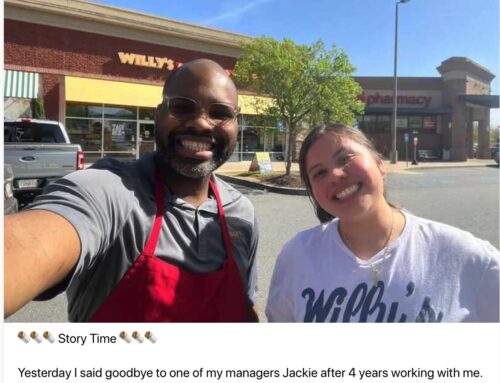There are few people who will deny that social media has been a game-changer for many businesses, whether you’re a mom-and-pop bakery or a Fortune 500 company.
The ongoing debate, however, still lies in the best way to report on and justify the use of social media as part of an overall communications, marketing or branding strategy. Some social media purists believe it’s all about the return on engagement: Are our customers talking to us? What are they saying? Are they satisfied with the job we’re doing? Others buck that notion completely and say it’s all about the metrics: Did our social media presence drive more traffic to our blog? Did we sell more magazine subscriptions because of our Facebook page? Others fall somewhere in between and appreciate the value of both the anecdotal and analytical support for using these tools.
Ken Burbary recently shared a graphic on his Posterous blog that outlines the social media metrics that companies are using to track their online efforts. (As a side note, if you aren’t already, start following Mr. Burbary on Twitter — incredibly smart guy who frequently shares great nuggets of information about all things digital.)
According to Flowtown, 65.5% of companies are measuring their social media efforts by the change in number of friends and followers.
Now, anyone who’s been active on the social web for any length of time knows full well that success in this space is much more than having 10,000 Twitter followers, because if they’re not engaged and they’re not taking advantage of the services you’re offering, then the effort is lost.
The most striking statistic, however, is how many companies are now using site traffic as a way to measure social media success: 59.5%. This is a likely a foreshadow of things to come, as more and more people will come to realize that nudging traffic to a website or blog is a great way to share valuable content with your customers, while also showcasing your services in an approachable, meaningful way.
We all know what not to do. We’ve experienced the company or individual on Twitter or Facebook who sounds a lot like the used car salesman you bought your first vehicle from. This guy or gal has a “spray and pray” mentality — they think the more they talk about themselves, the more likely they are to capture the attention of a handful of people to which they can sell a product or service to. This is, of course, not the case, and it’s much easier to tune someone out on a social network than it is in real life.
On the flip side, providing worthwhile content to readers on tools like blogs, and then sharing this content on outposts (Chris Brogan talks about them here) like Facebook, Twitter and LinkedIn will continue to translate into real results and greater awareness and interest in what you have to offer. It’s a slow build — and you may not convince someone to drive off the lot with a car that day — but you may just persuade them to stop by the next time they’re in need.







